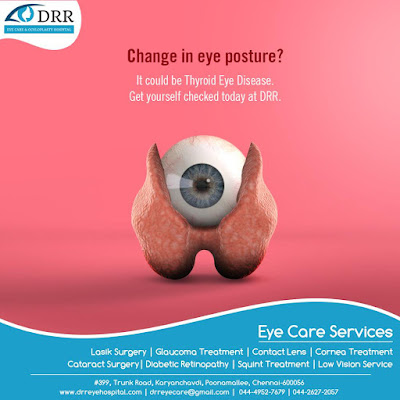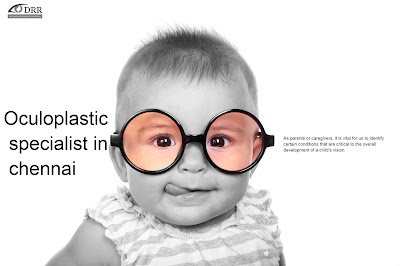 |
| Optical Contact Lens In Chennai |
Contact Lenses are small prescription lenses that are worn in contact with the eye. They are basically designed to correct refractive errors. They float on the tear film layer on the surface of the cornea. People with poor eyesight wear contact lenses which help focus incoming light rays on the retina to achieve the clear vision by treating refractive errors .You can see clearly without wearing spectacles with contact lenses.
Contact lenses are much smaller than typical eyeglass lenses and fit onto the eyes. They do however function normally like regular eyeglasses refracting and focussing the light so that objects appear clear. Since the lenses stick to the tear fluid, they move naturally with you. This is one advantage that contacts have over glasses.
Contact lenses are available to correct all types of refractive errors - Myopia, hyperopia, astigmatism and presbyopia – albeit with few limitations in rare cases.
Types of Contact Lenses
- Soft Contact Lenses – These are the most common type of contact lenses used to correct refractive errors.
- Spherical – These are used to correct refractive errors like myopia or hypermetropia or aphakia
- Toric – These are used to correct astigmatism.
- Bifocal – These are used to correct presbyopia.
- Coloured – These are used for cosmetic purposes.
- Rigid contact lenses – These are used to treat certain specific conditions of high astigmatism or keratoconus.
- Rigid Gas Permeable (RGP) lenses
- Rose-K lenses
You need to visit your ophthalmologist to find out which lenses are best suited for your eyes.
Advantages of Contact Lenses over Spectacles
Contact lenses do have a few advantages over spectacles.
- They improve the field of vision compared to glasses. There is no correction for the refractive error beyond the rim of the glasses. Whereas contact lens do not have such restrictions
- They do not cause image distortions which are especially seen with high power spectacle glasses.
- They can be effectively used to correct refractive errors in anisometropia – a condition where the refractive errors are grossly unequal between the two eyes. In such cases spectacles may lead to double vision.
Contact lenses may not suit you in case you are allergic to them. You need to consult your doctor in case of any redness, watering or irritation on wearing contact lenses.
DRR Eye Hospital, has been committed to providing comprehensive and state of the art eye care services, for over a decade now. The hospital is known for providing global standards of eye care at affordable cost. With a dedicated, experienced and skilled team of medical professionals, use of cutting edge technology and latest infrastructure in place, DRR Eye Hospital is equipped to deliver the best possible eye care to patients; both national and international.
Note:
Note:
This Content Originally Published By DRR Eye Hospital In Chennai . Source Link: http://www.drreyehospital.com/blogs/11







